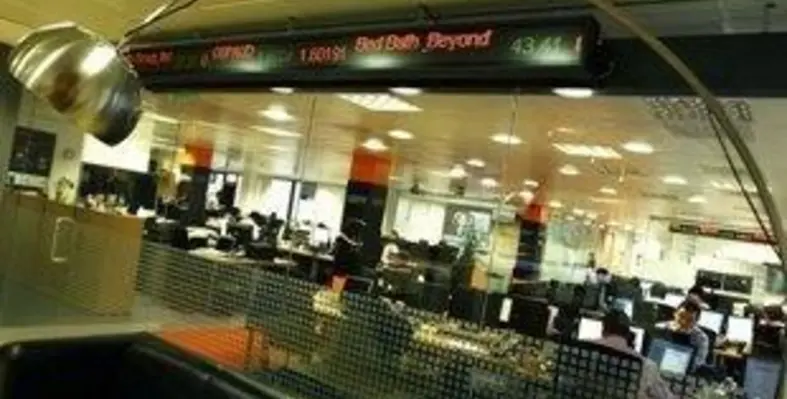Page 1 of 2After decades of stagnation, trade between Africa and the rest of world is finally booming. But it is the fast-growing BRICs (Brazil, India, Russia & China) who are the main drivers of this recent surge, rather than the more developed western nations writes Alistair Cotton, senior analyst at Currencies Direct
Bilateral trade between the BRICS and Africa increased more than 600 per cent from US$21.9bn to US$164.6bn between 2000 and 2008, and is continuing to grow despite the current macroeconomic problems afflicting Europe and America.
Of the BRICs, it is China who is leading the way in terms of trade and investment into Africa. Two-way trade reached US$166bn in 2011, overtaking the US and making China Africa’s largest trading partner.
Exports of raw materials including crude oil and metals like copper used in manufacturing processes means Africa runs a trade surplus with China, with the Chinese exporting cheap manufacturing goods in the other direction.
Chinese investment into Africa is also significant; the total is now US$15bn and rising, with increasing focus on large infrastructure projects including airports, roads and dams. Such investment is absolutely crucial for Africa if it is to maintain recent momentum in terms of sustained growth.
But the scale of China’s role in Africa has already started to present problems. In the West we are all familiar with the notion that when the US sneezes the rest of world catches a cold. If China were to stumble, and there are signs that a slowdown is activity is already underway, Africa will find itself in trouble as inward investment starts to decline and demand for its exports also tails off. The problem is one of size, can other trading partners pick up the slack should China begin to retreat from Africa?
One promising avenue being pursued is greater development of trade within Africa. Surprisingly low levels of trade exist between countries within the continent. Only 11 per cent of total trade is conducted between African countries, which compares miserably to Europe where this figure stands at 70 per cent.
A reduction in barriers to trade between countries – tariffs and domestic subsidies – is underway, but there is a large amount of work to do to promote the levels of mutually beneficial cooperation required for Africa to reach its potential in terms of domestic trade.
We have all heard stories of 10-day journeys transporting goods from one country to another taking six weeks because of tight border controls.
Trade in Africa has historically been conducted in US dollars, and the greenback remains the largest settlement currency across the region to this day.
Tying domestic currencies to the dollar was a sensible option to allow the stability needed to encourage trade. However, recent volatility in capital markets has been centred on the US dollar, the risk-on, risk-off paradigm forced volatility into FX markets and especially currencies linked to the dollar and exposed to raw material exports.
As such, Africa’s alternative to the dollar is settlement in the domestic currency, but most African domestic currency markets lack the sufficient liquidity to cope with large scale trade flows.
The most stable and therefore most traded African currencies are the South African Rand, Algerian Dinar, Central African Franc, Moroccan Dirham and the Nigerian Naira. But that subset is dominated by the Rand, which although accounting for less that one per cent of the global daily FX flows dwarfs the other African currencies in terms of volume.
Clearly with trade expanding, deeper capital markets are needed to complement and aide growth. One idea gaining weight in recent years was a single African currency modelled on the Euro to aide in capital market development across the region. However, recent developments in Europe have poured cold water on the idea.
Political instability also remains a key threat to trade. The recent uprisings across North Africa effectively shut down large parts of industry for the best part of a year. Chinese companies, for example, had US$4bn of projects suspended after the fall of the Gaddafi regime in Libya.





